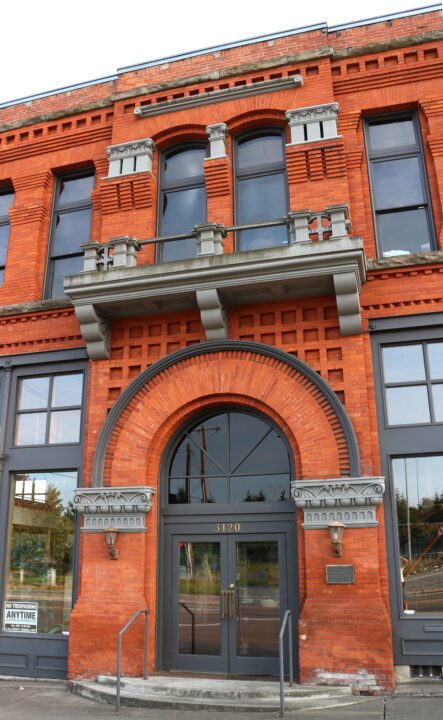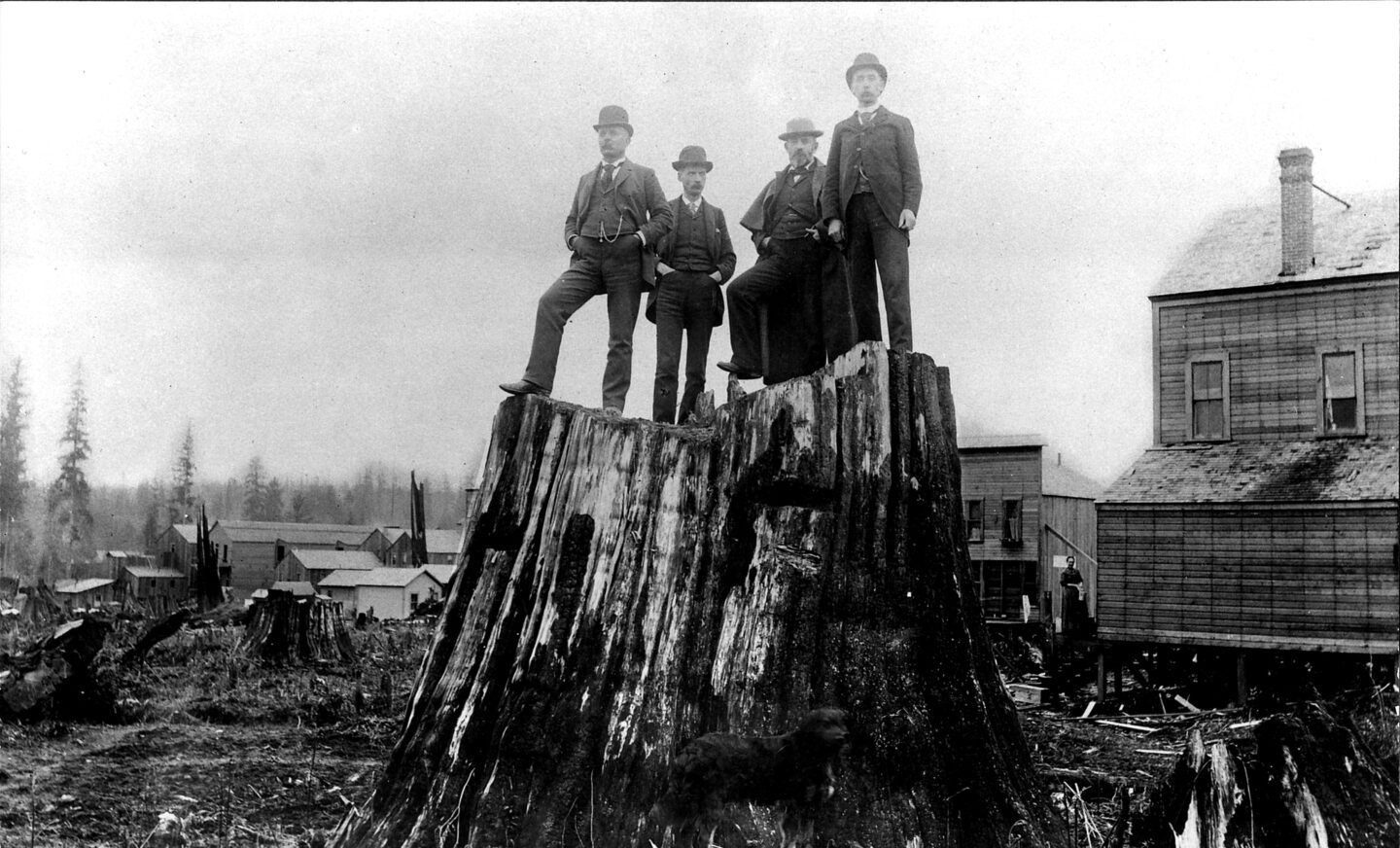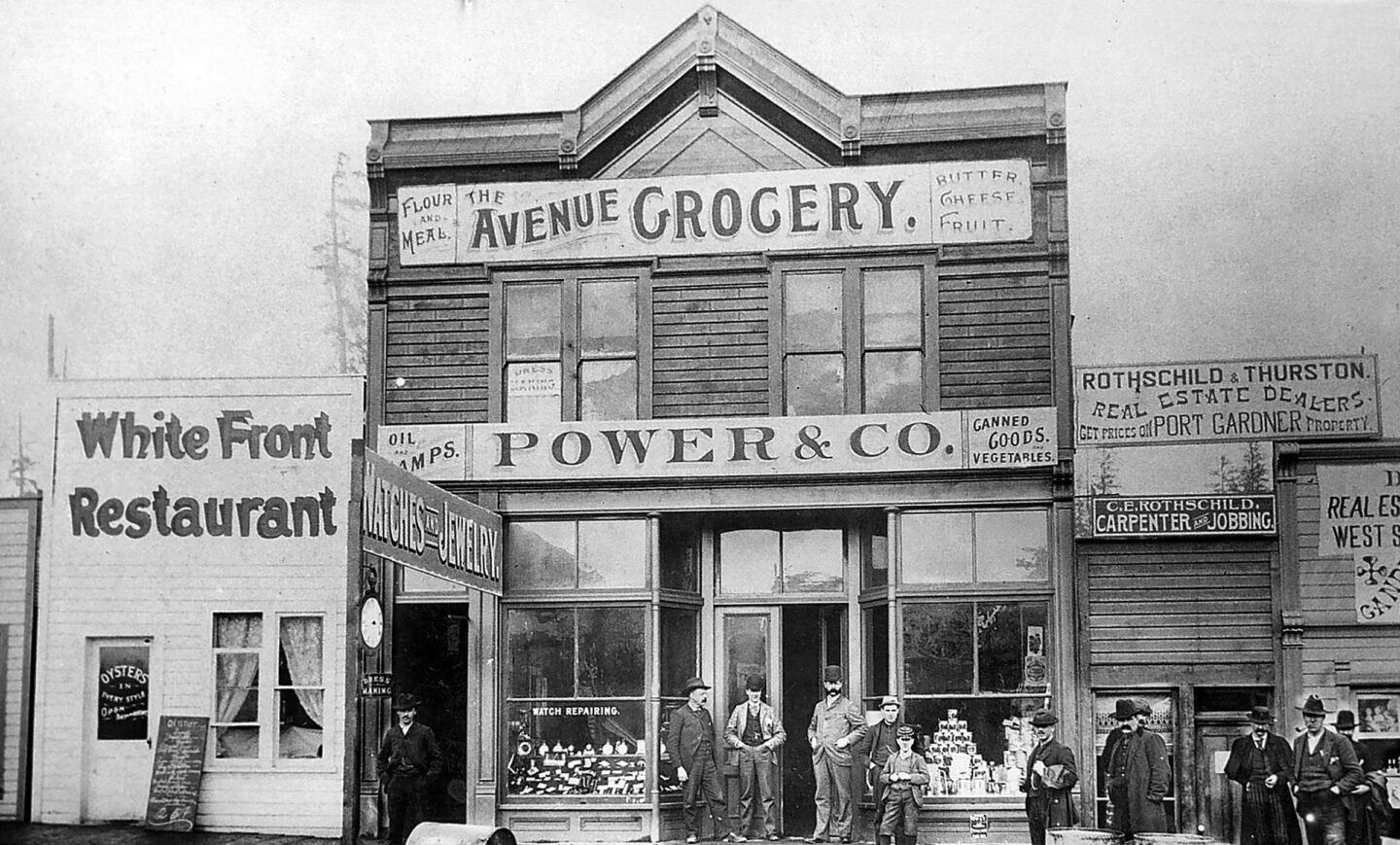Everett Riverside
by Steve Fox
-
Our tour begins at the intersection of Hewitt Avenue and Pine Street.
For centuries, the Everett area was home to the Coast Salish people until the Treaty of Point Elliot in 1855. The Lowell area was settled by Europeans in the 1860s. Most of the land was heavily forested in 1891 when Everett was planned thousands of miles away.
Hewitt Avenue, the main east-west street in early Everett, connected the early developments of Riverside and Bayside. It is named for Wisconsin land speculator and Tacoma lumberman Henry Hewitt (1840-1918), who had searched for opportunities in the late 1880s for himself and the Northern Pacific railroad. Greatly impressed by deep Port Gardner Bay, Hewitt thought the area could become a great industrial city, and bought some of the land on the Everett peninsula. He traveled to New York City to promote the idea to NP executives Charles Colby and Colgate Hoyt, and then to the John D. Rockefeller syndicate.
Hewitt, Colby and Hoyt succeeded, and created the Everett Land Company in New York City in 1890. With Rockefeller, they financed four new industries as anchors to the new planned city: a paper mill, a ship building plant, a nail works, and a smelter for processing ores from nearby mines in the Cascade Mountains. They gave the project the code name “Everett” during a dinner meeting when Colby’s hungry son Everett asked for more dessert.
Everett’s first structures went up on the Riverside (east) end of Hewitt Avenue. At the river was Swalwell’s Dock, built by the Swalwell brothers William and Wellington, who owned land near the river. Rumors had spread that the Great Northern Railway would reach the west coast at Port Gardner Bay.
Development boomed from 1891-1893, growing to 5,000 people. The dense forest was cut down and hastily built wooden businesses and saloons sprang up. Several permanent brick buildings along with a number of homes from the era still survive. Similar buildings arose on the Bayside (west) end of Hewitt Avenue.
By 1893, Everett promoted itself as the City of Smokestacks. During that year, progress stalled due to the Silver Panic of 1893, and Everett struggled the rest of that decade. The lumber industry became Everett’s economic engine, and the city tripled in size from 1900 to 1910. Everett thrived until the Great Depression, with mills nearly encircling the peninsula. Most Riverside homes date from 1892 to 1929.
When Interstate 5 was built in the mid-1960s, the neighborhood was split and many historic buildings razed. In following decades, most of the lumber and paper industries left, but Boeing arrived in south Everett for the 747 plant. Everett’s citizens are resilient as the city continues to evolve.
Tour Stops
Hewitt Avenue and Pine Street
Pine and California Streets
Our Lady of Perpetual Help Church
Garfield Park
Donovan House
Deaconess Children’s Homes
Frederick and Jennie Sumner House
McManus Mansion/Anthes House
Melvin Swartout House
Frederick Sexton House
Brue Building
McCabe Building
Hewitt Avenue and Pine Street
Swalwell Block, Diefenbacher Building, Bank of Everett
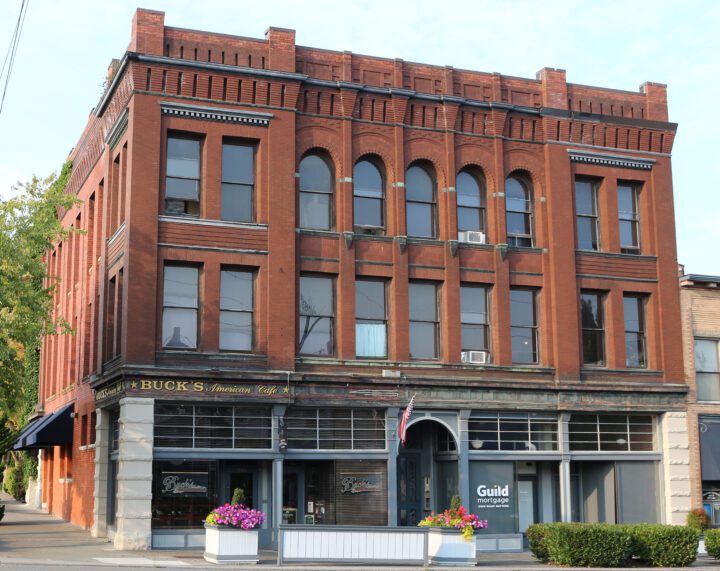
Pine and California streets
Swalwell House, Swalwell Cottage
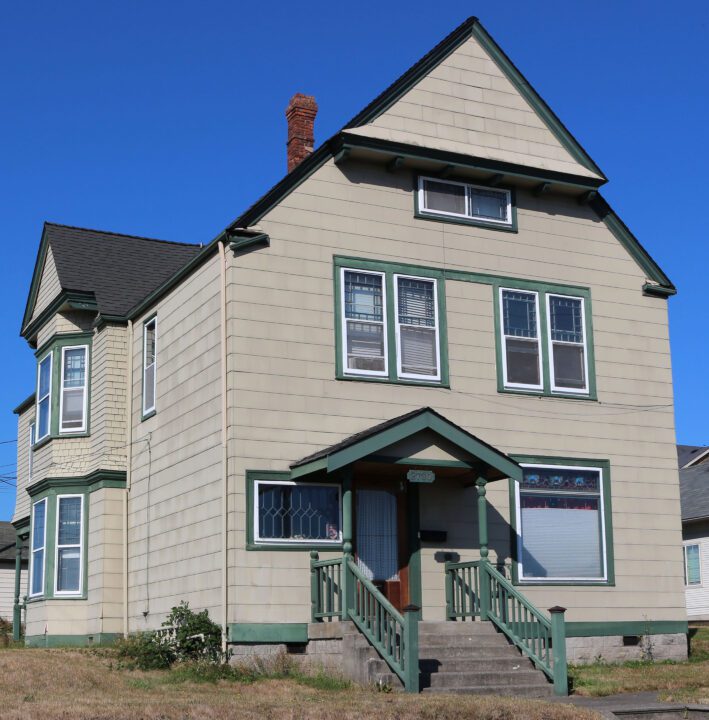
Our Lady of Perpetual Help Church
2619 Cedar Street
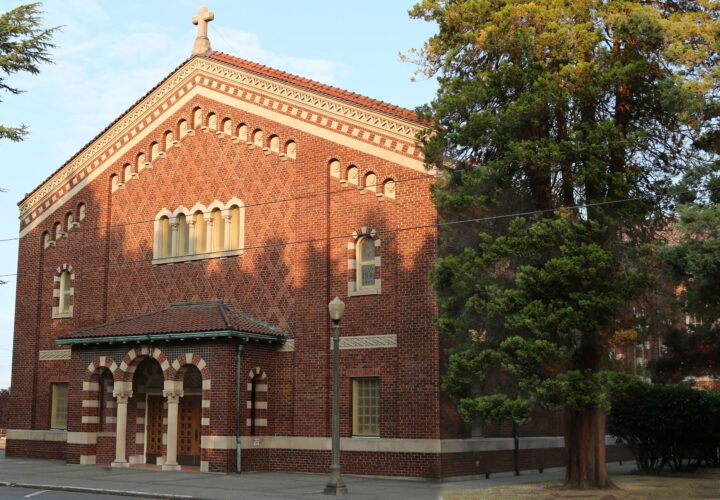
Garfield Park
23rd and Walnut Street
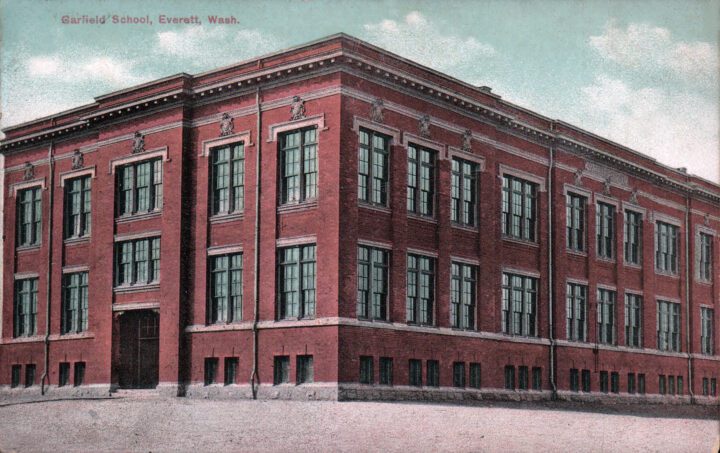
Donovan House
2301 Highland Avenue
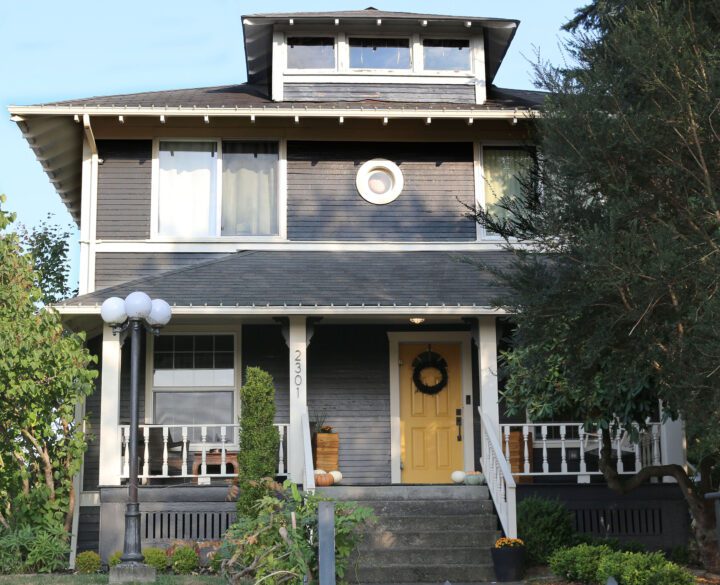
Deaconess Children’s Homes
2131 and 2120 Highland Avenue
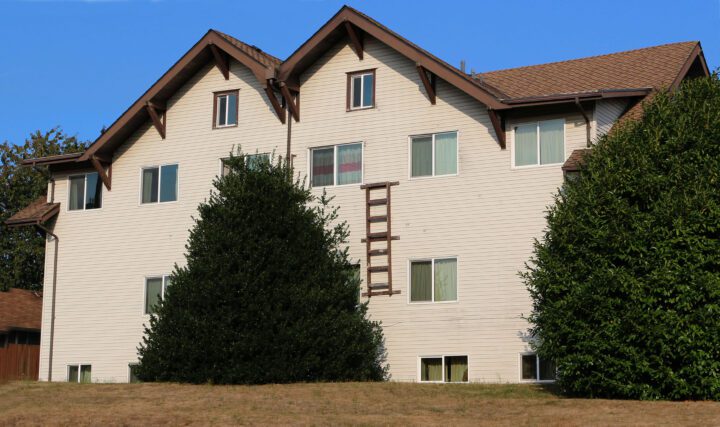
Frederick and Jennie Sumner House
2328 Cleveland Avenue
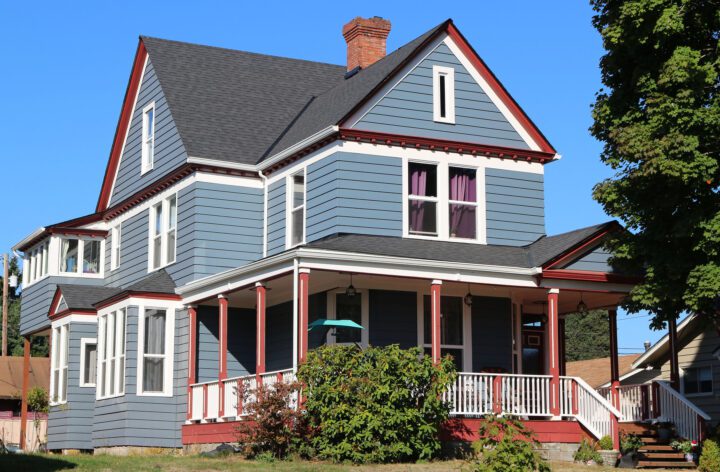
McManus Mansion/Anthes House
2528 East Grand Avenue
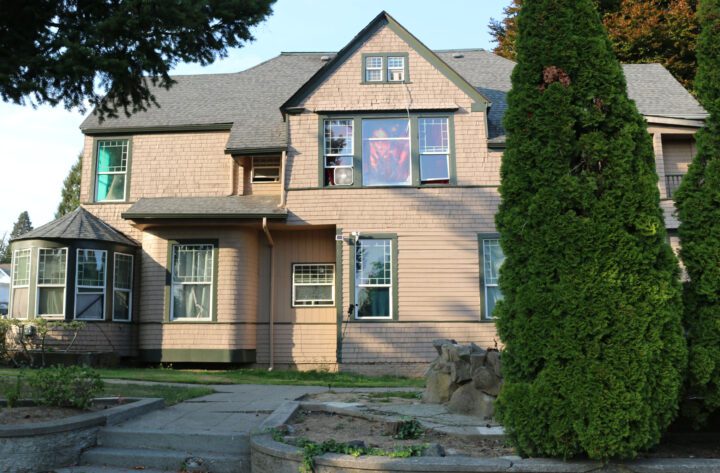
Melvin Swartout House
3609 26th Street
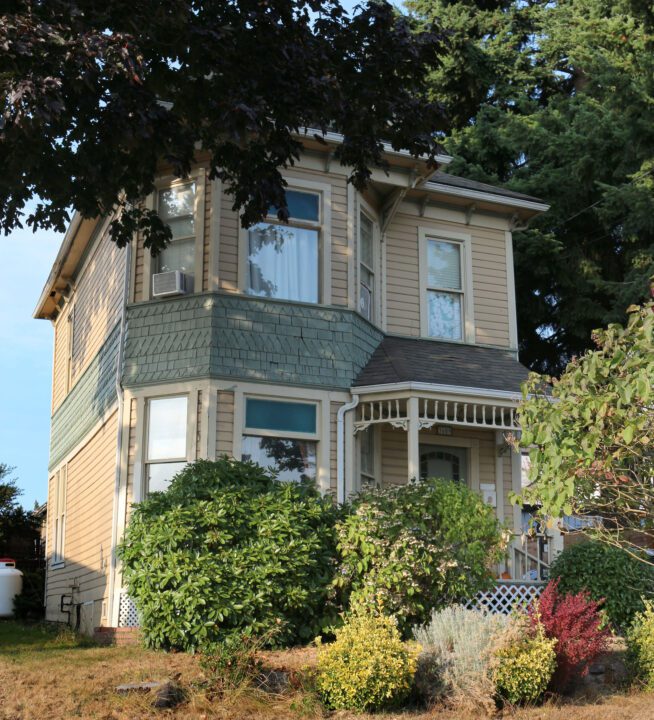
Frederick Sexton House
2612 Harrison Avenue
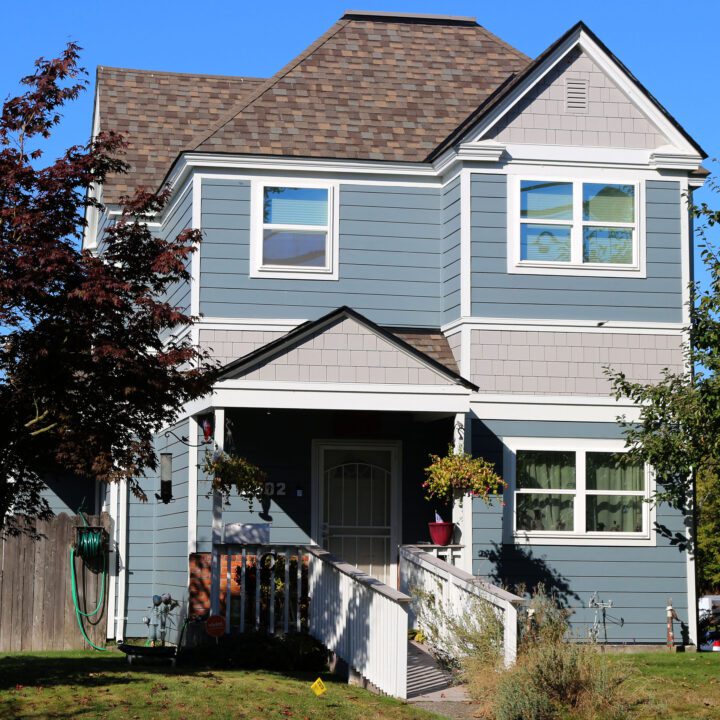
Brue Building
3410 Everett Avenue

McCabe Building
3120 Hewitt Avenue
